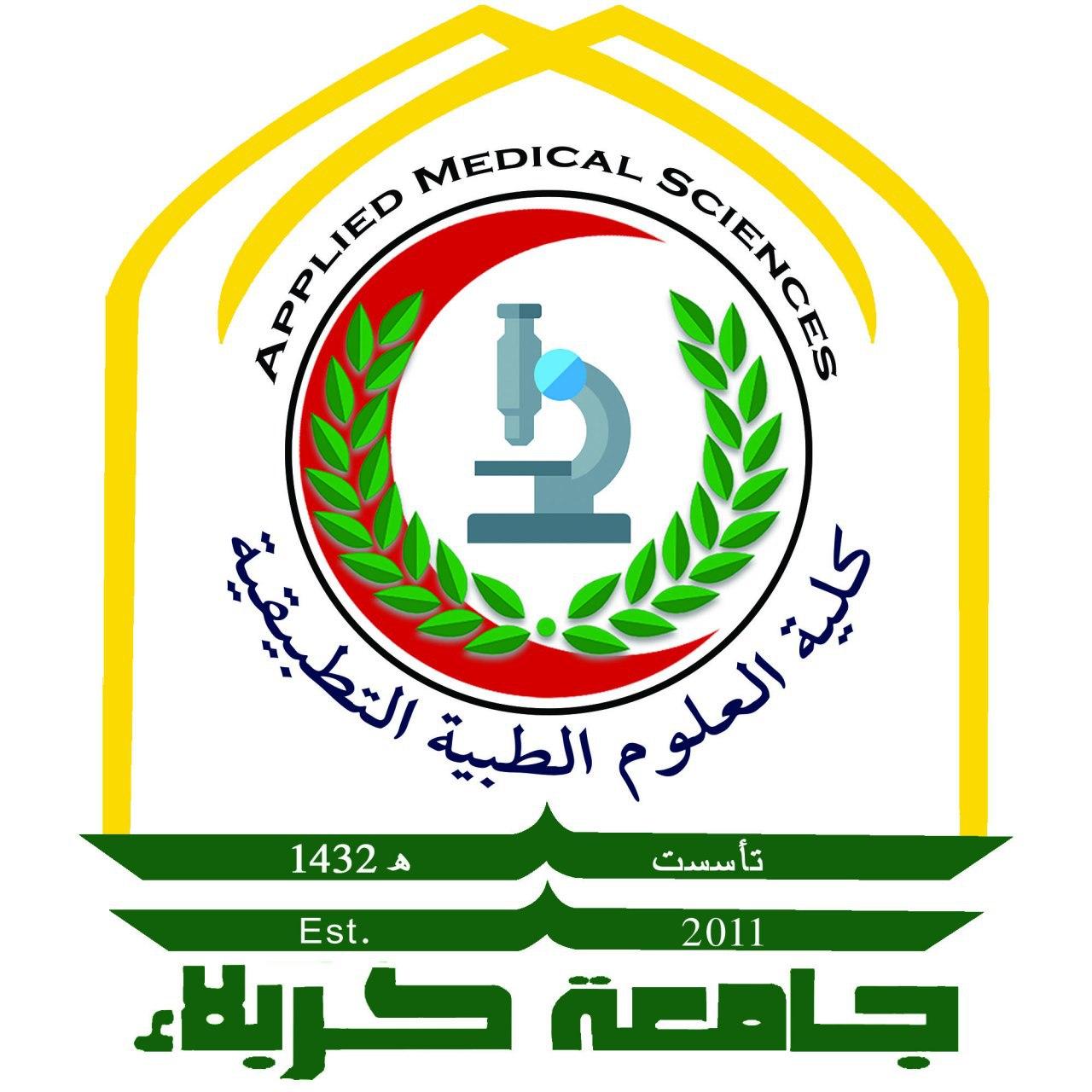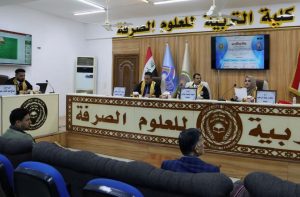Summary
Diabetes is a disease of metabolism clinically expressed by chronic hyperglycemia and blood lipid and protein disorders that have been extensively reported as linked to several complications which significantly impair the quality of life. Foot ulcer and its infection is the leading cause of hospitalization worldwide and in developing countries and results in high rates of morbidity and mortality of people with Diabetes mellitus.
Previous studies revealed that immune response, genetic factors, and inflammatory processes play an important role in the pathogenesis of Diabetes. The mechanisms responsible for progression of the disease are yet to be clarified. Impaired wound healing is the main factor that leads to development of chronic wounds and lower extremity amputations. It is estimated that 85% of foot amputations are secondary to diabetic foot ulcers.
This study was conducted to find the differences in the levels of interleukin (IL-17A), other inflammatory markers like TNF alpha, CRP, ESR, WBC count (Neutrophil and Lymphocytes) along with some biochemical markers like HbA1c, Urea, and creatinine among type 2 diabetic subjects with and without diabetic foot ulcers and in healthy subjects. In addition, it aims at isolating and identifying of the pathogenic bacteria responsible for diabetic foot infection along with their antibiotic susceptibility patterns.
Post Views: 29






























































